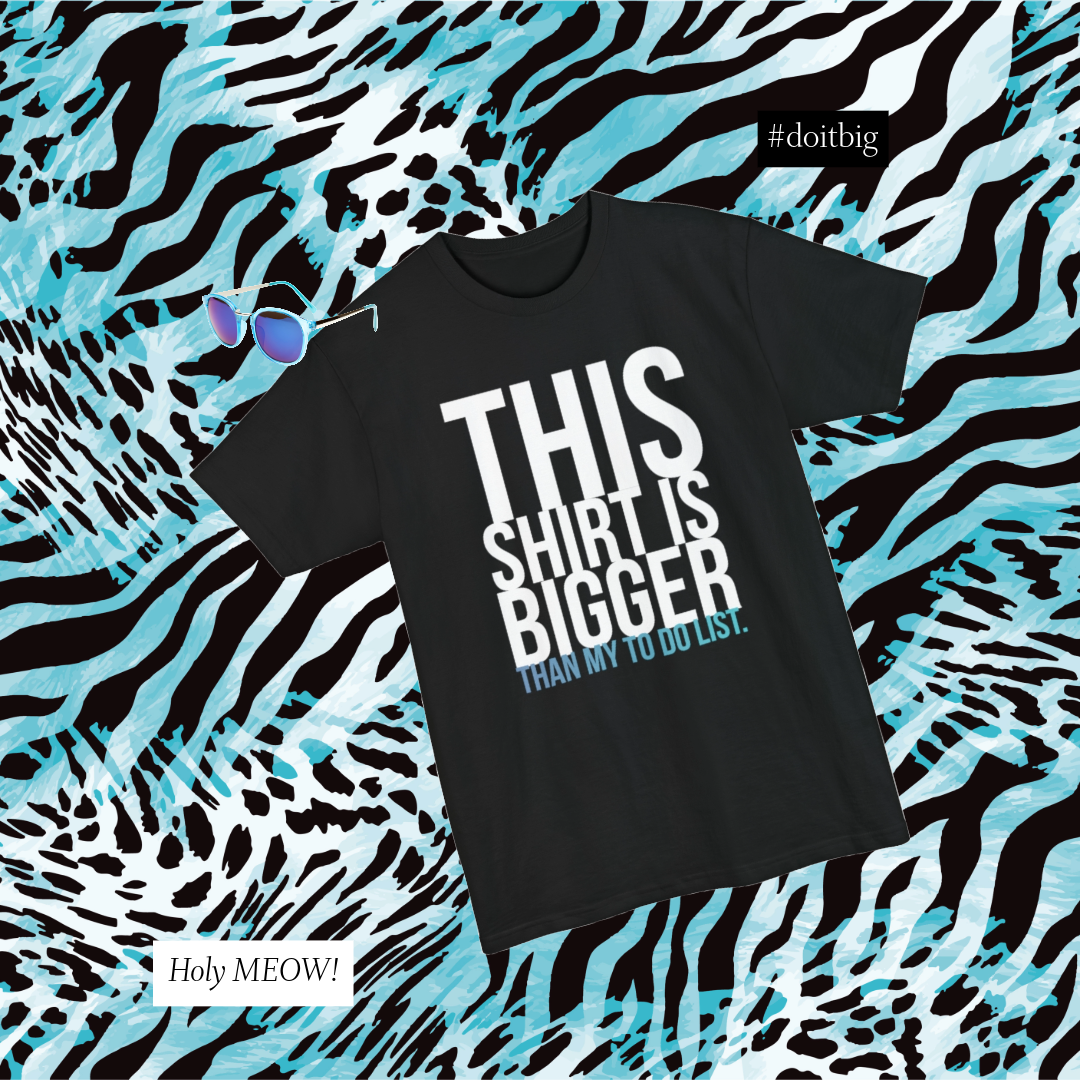
Vanity metrics make you look good to others but don’t help you understand how your business is performing online in order to inform future strategies.
Let’s use the man pictured above taking a selfie as an example…Handsome, right? Let’s imagine he is a personal trainer trying to grow his business. He took a selfie to show progress on his abs on Instagram following a workout. Do images like this help him meet the goal of getting new clients? Possibly new clients who also happen to be looking for a date. Could there be more effective posts that help achieve his goal? Maybe transformation photos of his current clients didn’t get as many likes but landed him 2 new clients serious about getting fit? Get my point?
Vanity metrics are good for making you feel better about yourself. But, if you look at these metrics on a deeper level you will discover that obsessively counting likes, follows, page views and traffic are useless unless paired with a business objective or goal. Don’t get me wrong. These metrics aren’t completely useless. Especially when it comes to optimizing your content for specific audiences and media channels. For example, vanity metrics can be useful in learning what kinds of content work best on different social media channels (what works for Facebook may not work as well for Instagram) and they can also help with segmenting audiences and driving specific content to cater to each unique audience. So, they do have their place in online marketing. Just don’t get caught up in them or your journey to reach your business goals will be much harder.
How to avoid getting caught up in them?
To avoid getting caught up in vanity metrics it’s important to know which metrics are vanity and why?
- Social Media Followers are vanity. Everyone thinks that all followers are loyal customers that buy your product. The deeper truth is that not everyone who is a follower is a prospective customer.
- Website Page Views and Ad Impressions alone tell you about the potential your content has but tells you nothing about what happened after the page was viewed or the ad impression was complete.
- Email Open Rate is nice to look at but it doesn’t show the campaigns impact on your bottom line. You have to look beyond the open rate for this.
- Total Subscribers. So thousands have subscribed to your newsletter or as a trial user of your product. Awesome! But…this still doesn’t tell you if people are actually consuming your product or content.
What actionable metrics should I monitor?
The metrics you focus on should be goal oriented. Look at actionable metrics for your KPI’s (Key Performance Indicators) instead:
- Instead of followers, look at Engagement Rate: Having someone follow you is great and all but it’s what they do after that is key. Engagement increases the likelihood that they’ll spread your message for you. Content suggestions: Look at the content and conversations that have the highest engagement rate and come up with a plan to replicate high-performing posts. (The average post engagement rate on Facebook and Instagram is 3%).
- Instead of Page Views, look at Bounce Rate and Social Shares: Bounce rate is the percentage of people who visit one page on your website and leave without clicking further into the website. Therefore, a high bounce rate is not ideal! A declining bounce rate shows that your website or blog is growing in interest. Search engines are about the social so social sharing is key for long term SEO benefits.
- Instead of Email Open Rate, look at Click Through Rate: There are technical limitations to open rates which mostly tell whether or not your subject line was effective. So, if you’re open rate is low (average in 2020 is 20%) the problem is your subject line. A high click through rate tells you the email campaign has actual lead generation power. The average click through rate in 2020 is about 2.5%.
- Instead of Total Subscribers, look at Active Users and Path to Conversion: It’s one thing to have subscribers and another to have people actually consuming your product or service. Repeat customers are active users. Track their path to conversion in Google Analytics Multichannel Funnels and User Flow reports to learn which content drew them in. Look to replicate that content in future campaigns.
Have you ever looked at the social accounts of your competitors or that Instagram model or Influencer in envy of the number of followers and post likes they have? Just stop it already! Remember, quality over quantity. More than likely, their engagement rate is about average just like yours. Keep pushing out content that attracts the right attention!
Let’s Collaborate
TELL US ABOUT YOUR PROJECT
We love messages and meeting for coffee or tea at one of our favorite local spots. Drop us a note and we’ll get back to you as soon as possible…
























 Just giving you the heads up: We use cookies and other tracking doodads to make your browsing experience as sweet as a freshly baked batch (Website
Just giving you the heads up: We use cookies and other tracking doodads to make your browsing experience as sweet as a freshly baked batch (Website